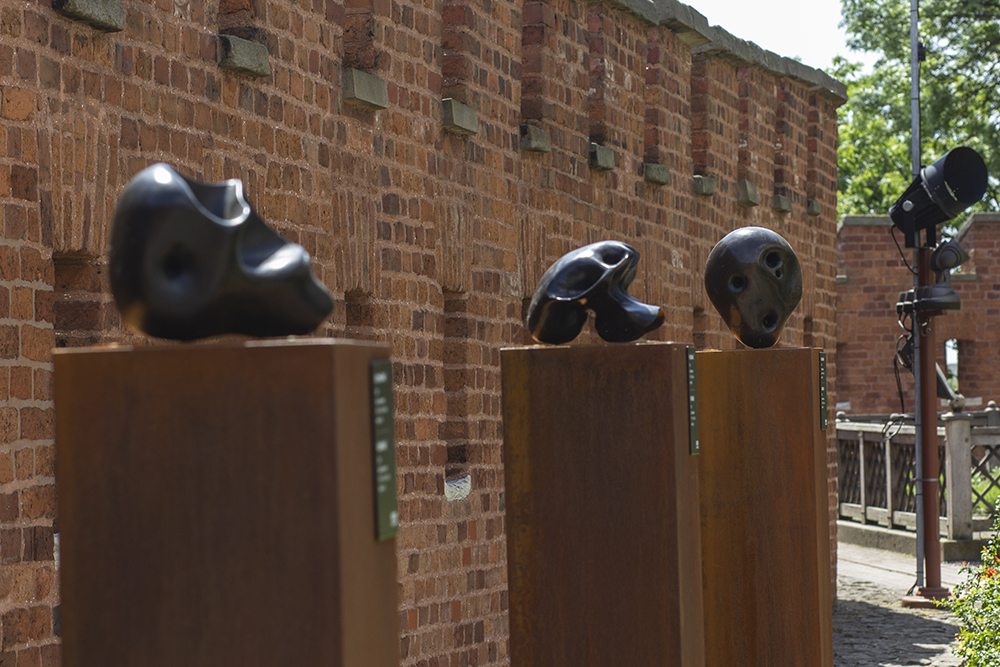Zdzislaw Beksinski is well known for his paintings, drawings and photography. Beyond that, however, he created monumental works in metal and tin-connected wire. He also created plaster models that formally combine abstraction and figuration. In 1964, a solo exhibition of the artist took place at the Old Orangery in Warsaw’s Lazienki Park, in the Artist and Spectator Gallery. Curator Janusz Bogucki presented more than 20 sculptures by the artist. Certainly, bringing another of Beksinski’s least known activities to a wider audience fills an important gap. On the other hand, it provides an opportunity for a more complete analysis of his creative path.
Beksinski was involved in sculpture?
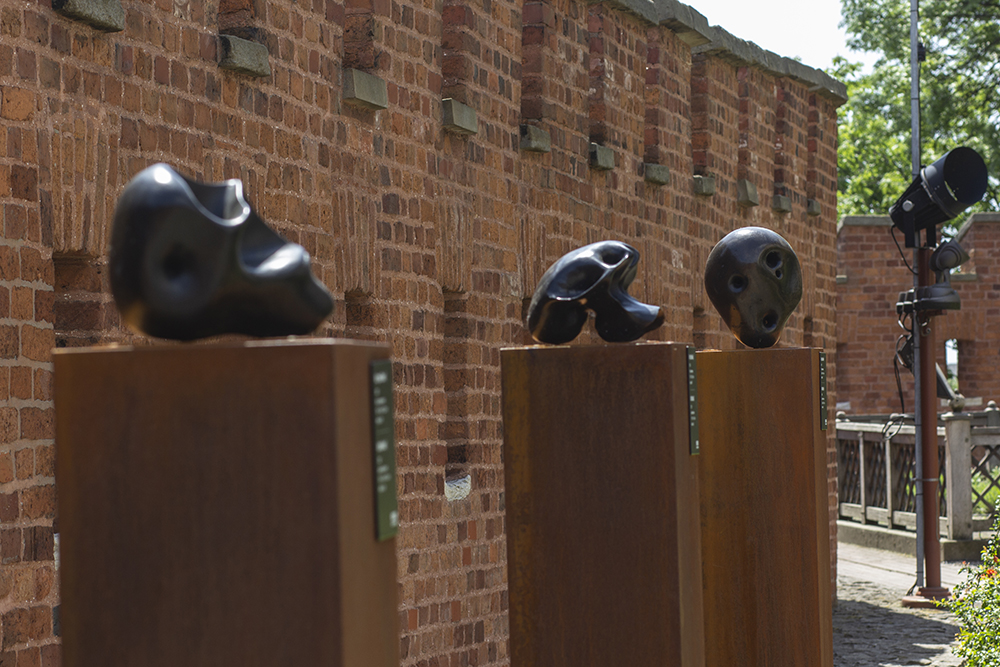
Zdzislaw Beksinski’s sculptural works come as a surprise to many. For many years, the spatial forms have been little-known artifacts, waiting for a wider study. Unlike catalogs of the artist’s paintings, there are no separate publications on sculpture. The opportunity to present the bronze castings came in 2023 in the gardens of the Wawel Royal Castle. Then, in turn, in a completely different space, in the historic “Guido” Mine in Zabrze. In fact, these were the first shows dedicated strictly to sculpture.
1950s and 1960s.
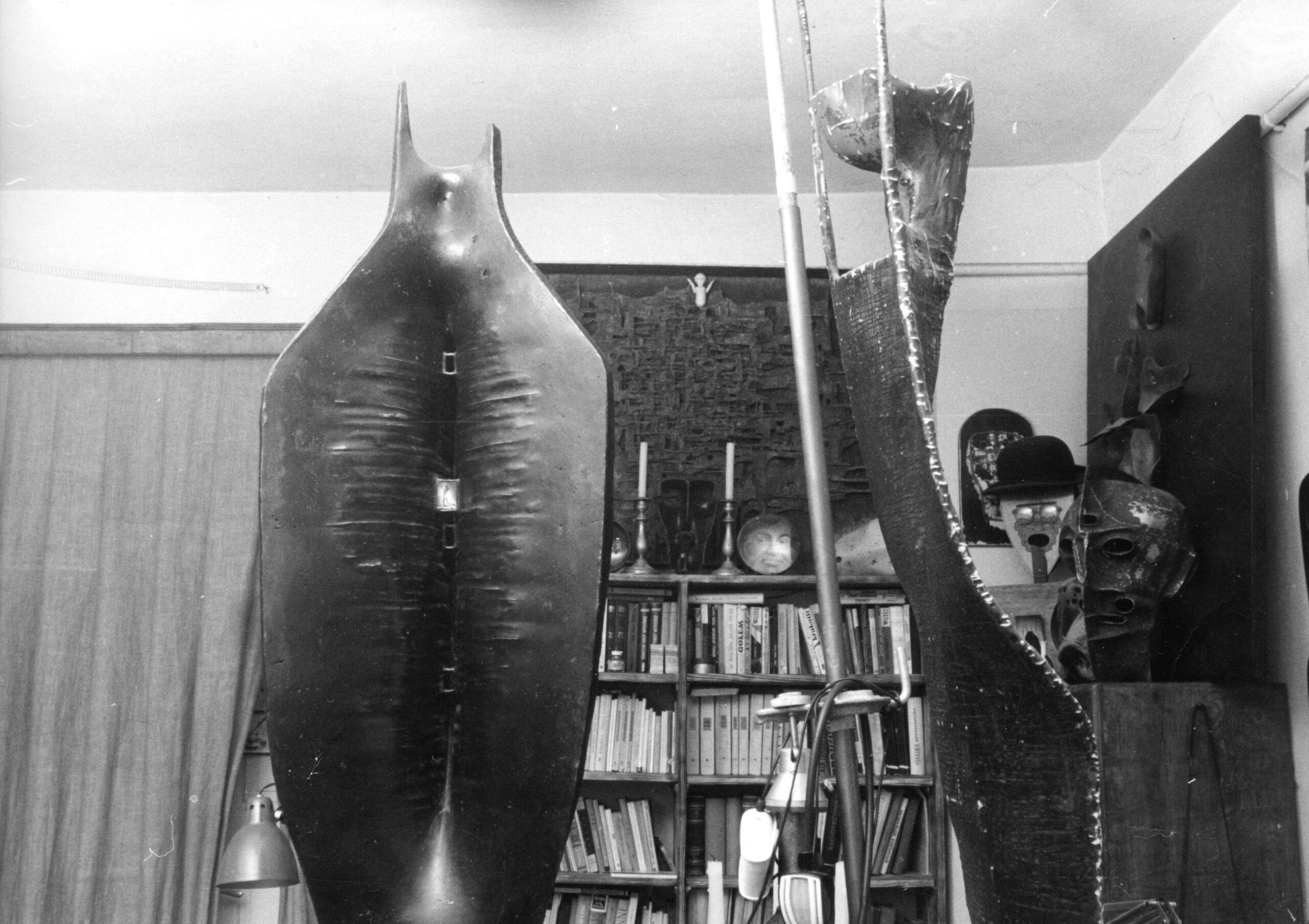
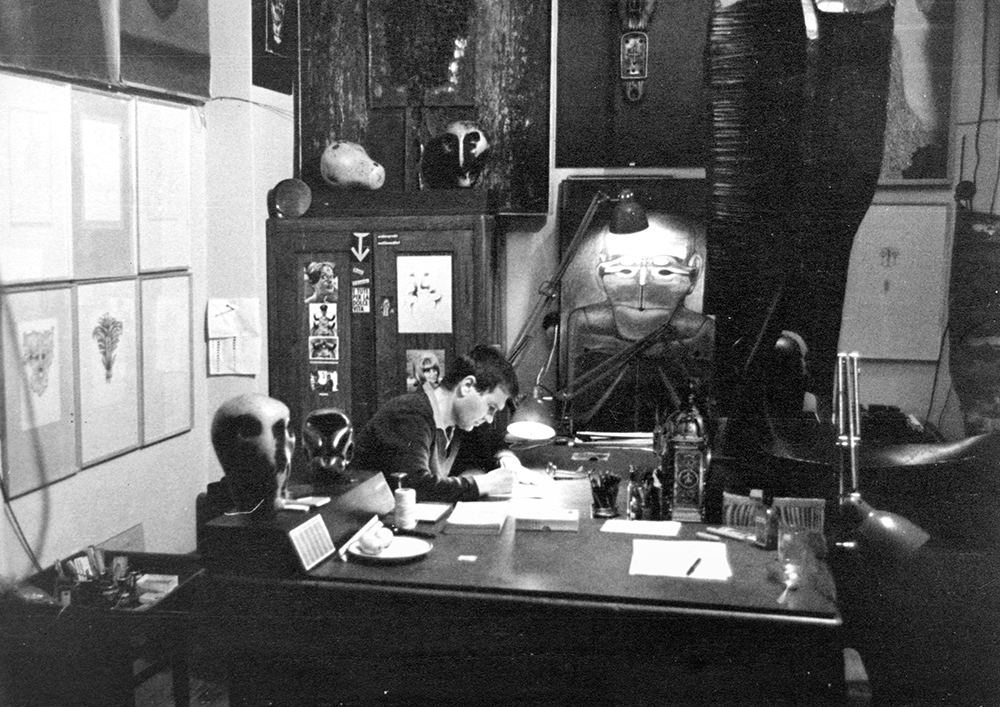
In the late 1950s and early 1960s, the artist was intensely engaged precisely in sculpture. Of course, this episode in his work, lasted only a decade and is not sufficiently known and described. Consequently, in the literature we encounter only brief mentions of reliefs, bas-reliefs or wire works. In January 1966, Beksinski made a decision, an important one for his future artistic career. He decides that he will stop doing drawing and sculpture and concentrate entirely on painting. Thus, the fate of the sculptures is sealed. The decision to demolish the family house in Sanok and the need to move to Warsaw means that the works had to be stored somewhere. Thus, the sculptures ended up in the collections of the Historical Museum in Sanok and the National Museum in Wroclaw.
In later years Beksinski did not return to sculpture, he parted ways with this medium. Among other reasons, this was because he did not have a suitable place, a studio and sufficient financial resources to continue this activity. This undoubtedly determined that we perceive him today mainly as a painter. Consequently, today we can interact with a small collection of sculptures.
Hamlet and Macbeth
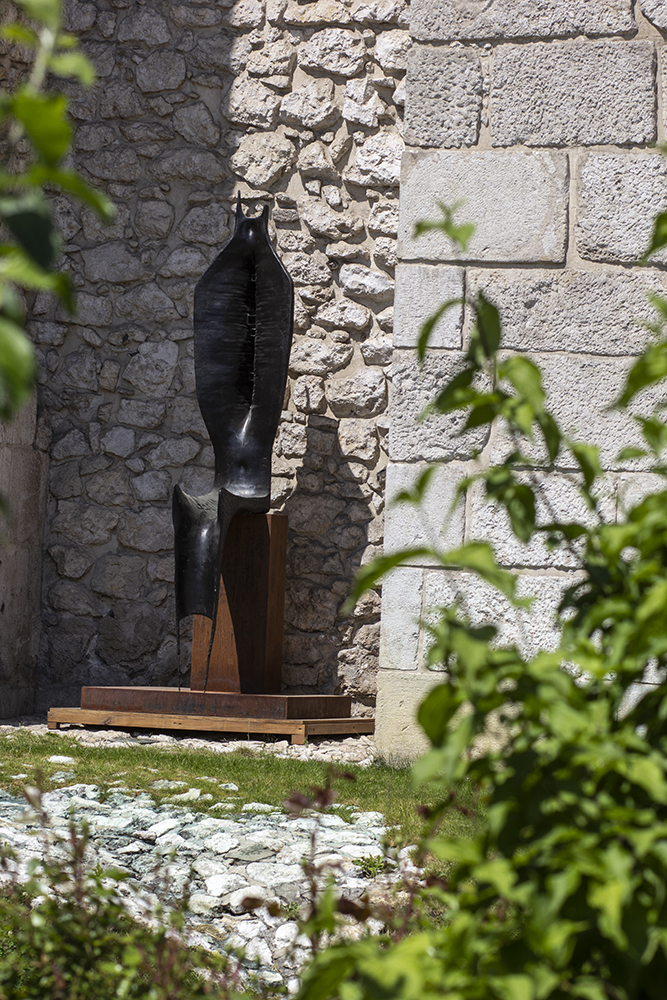
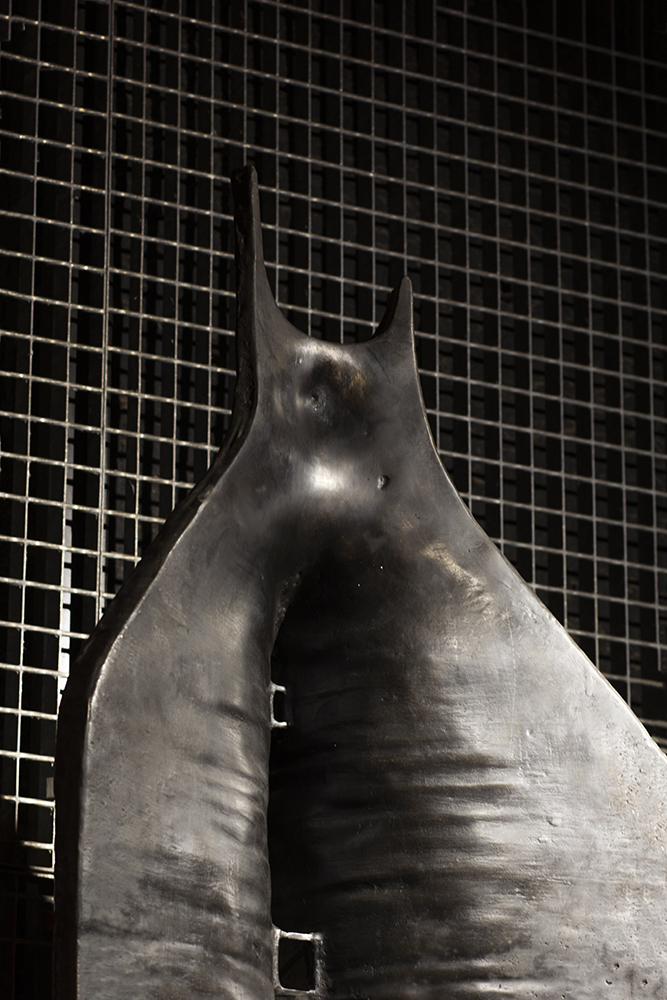
Sculptural works created on a frame of wire, put on with plaster, welded from sheet metal elements, include literature-inspiredHamlet iMacbeth. Sculptures with distinctly textured lines and gouges.Hamletis a processed image of a human figure, stretched out and heavily curved, an example of sculpture working through a large scale. The slenderness, the unreality of the seated figure, heightened by the distortion of the figure, makes theHamlet a partially abstract work, the product of an artistic vision. In contrast, the second sculpture,Macbeth, is certainly a tragic figure. depicted as a kneeling figure. With hands dramatically stretched upwards, it is one of the artist’s most expressive sculptures. It was purchased for the collection by the BWA in Rzeszow.
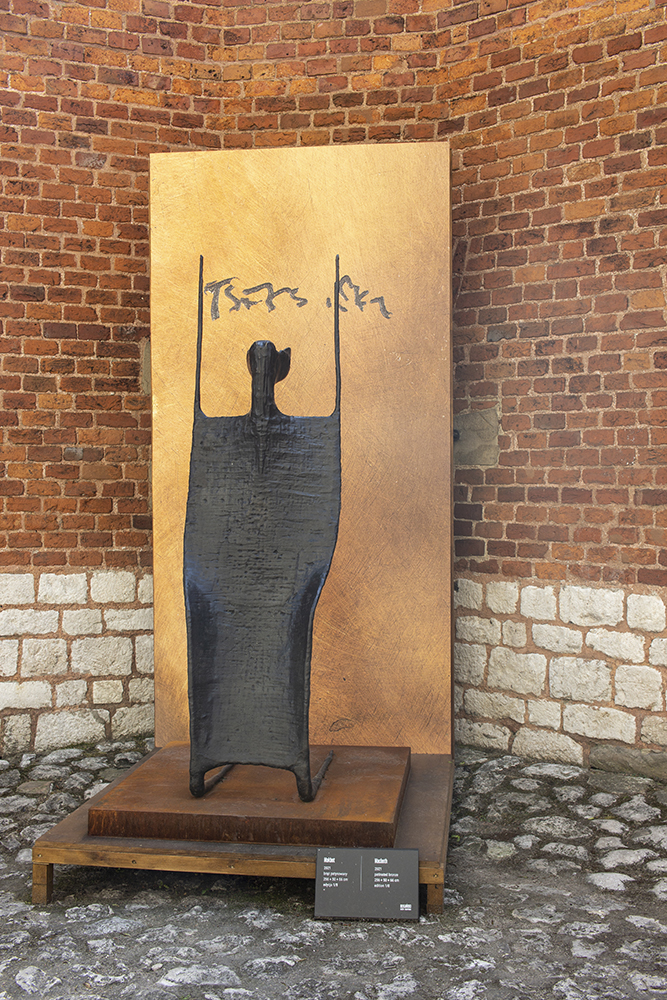
Heads
Sculptures from the seriesHeads,synthetic,smoothly elaborated and refined, this series is a variation on the human skull. The eye sockets and other openings vary in shape and depth. In addition, the colors of the patinas used are contrasting: from bright to deep reds, browns and blacks. The forms of the skulls vary significantly, some are more compact, massive, others – light, openwork. Symmetrical incisions, slits of the Heads, destruction of matter intensify the viewer’s impression of unease in contact with these specific portraits. In addition, as in the case of painting, the sculptures allude to themes of death and transience. Certainly, many of them were based on the artist’s drawings.
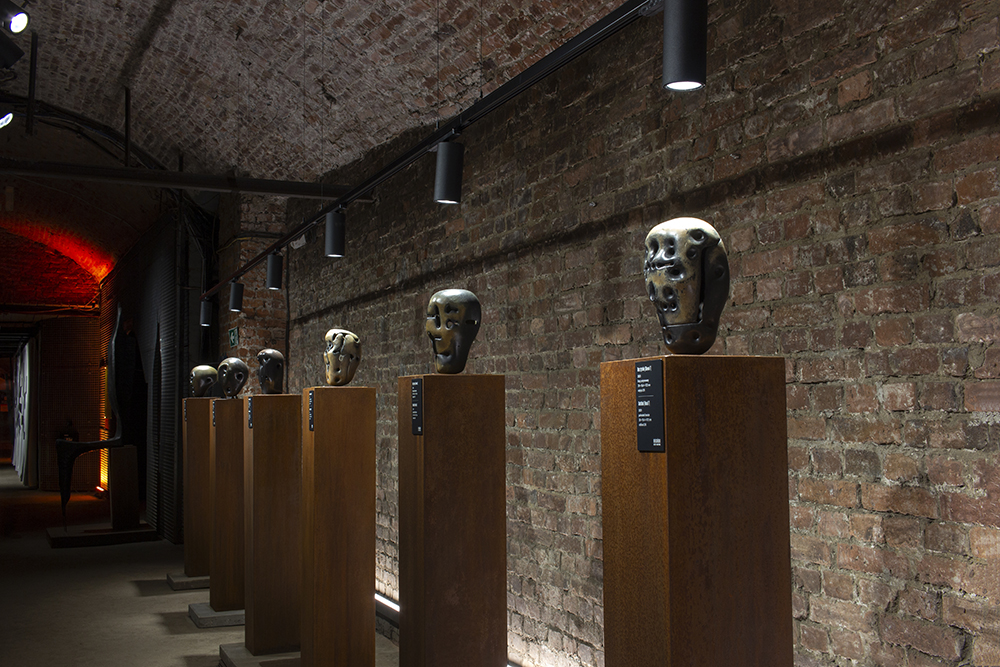
Collectible bronze castings
Similarly, the sculptures of the Heads, the reliefs and Hamlet and Macbeth were created in a strictly limited number of eight copies and four author copies. All in all, and importantly from the point of view of collectors, this exhausts the allowable number of such reproductions in the future.
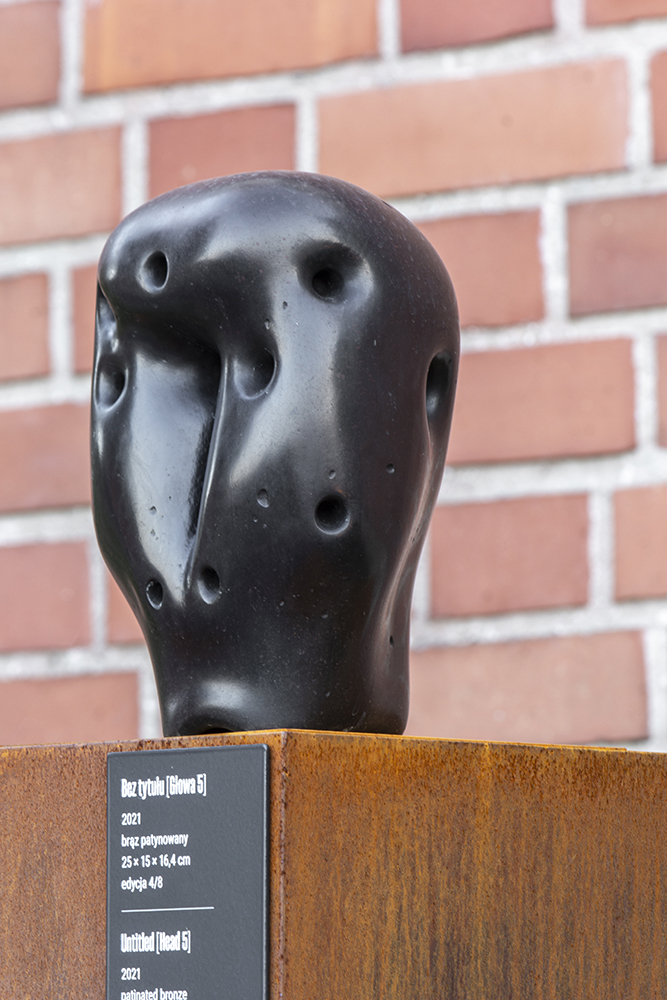
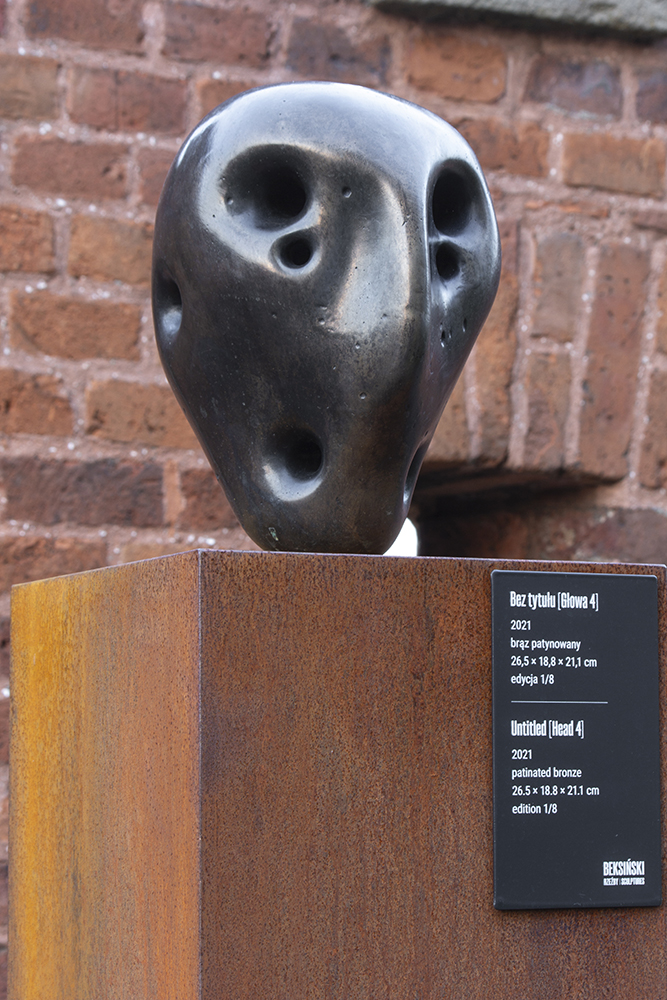
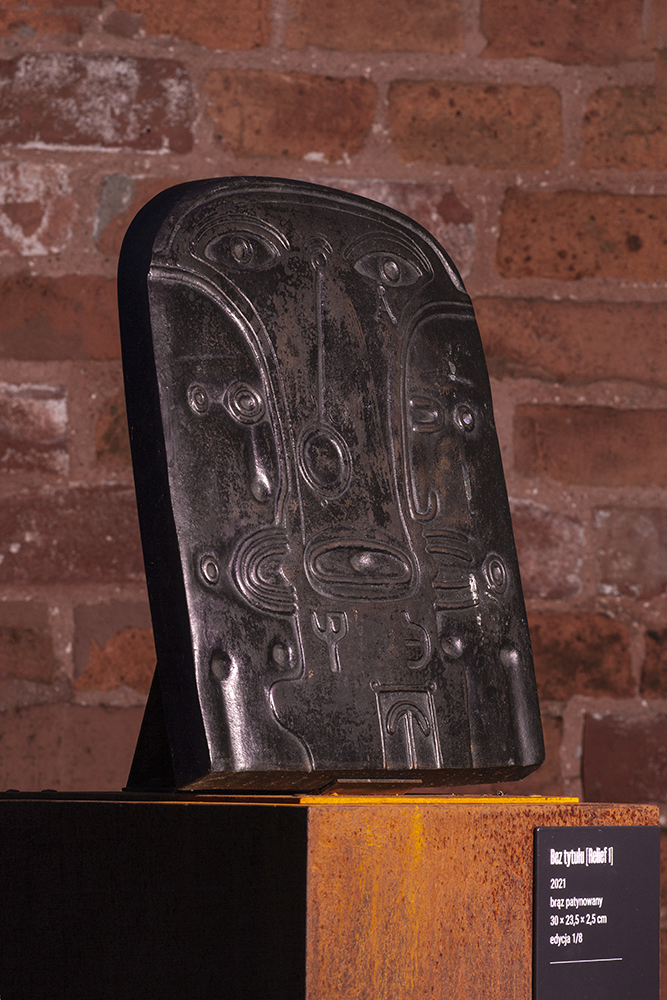
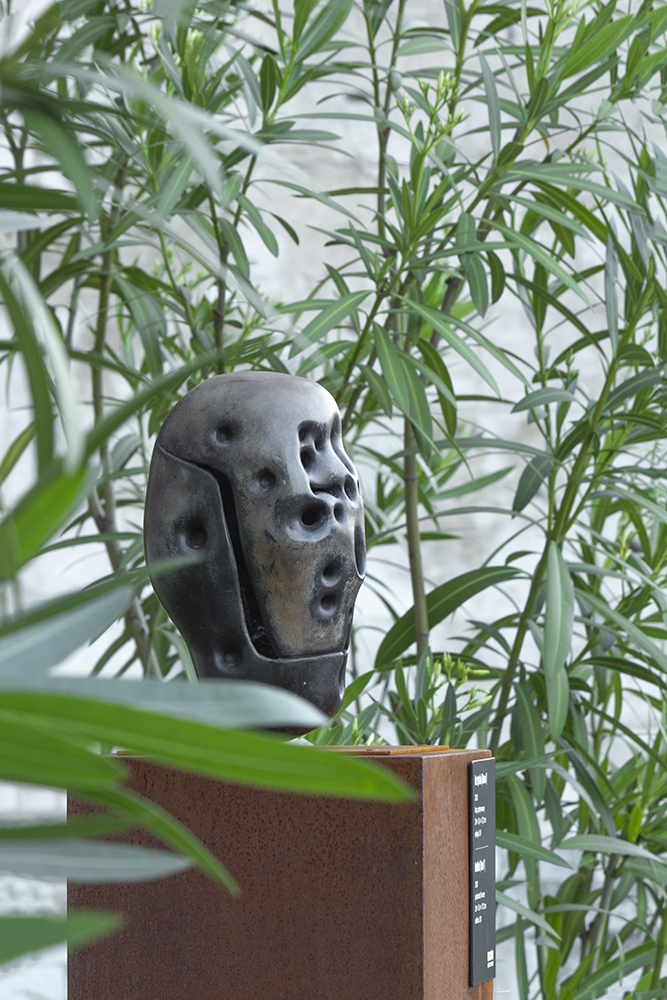
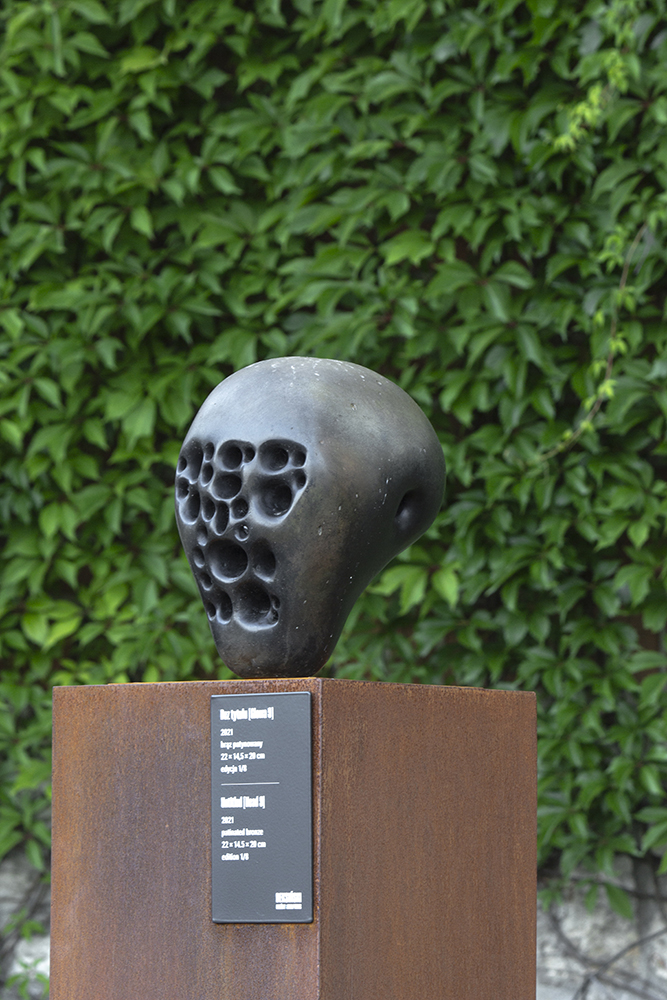
Text: Małgorzata Gołębiewska
photo: Katarzyna Mierzwińska, Art Agenda Nova archives




